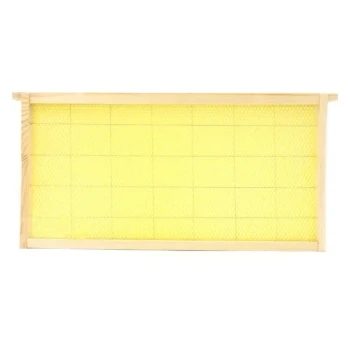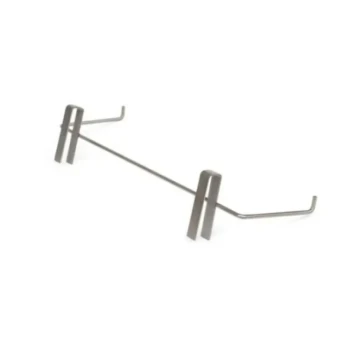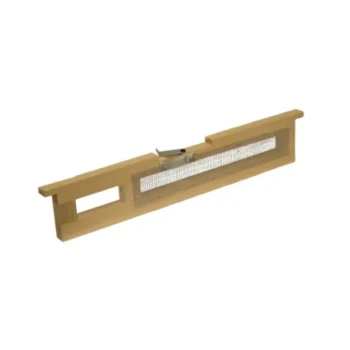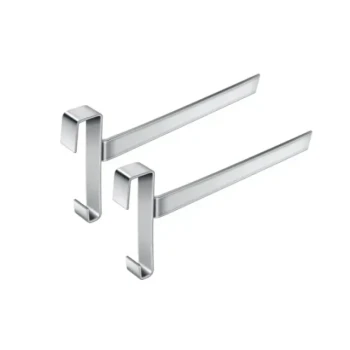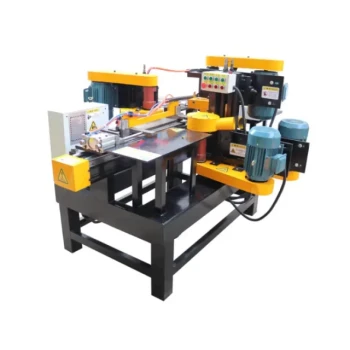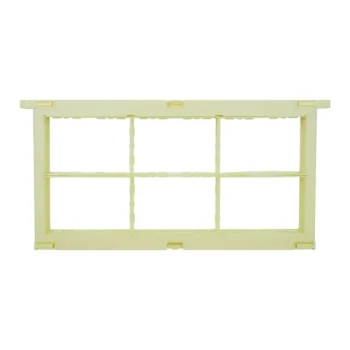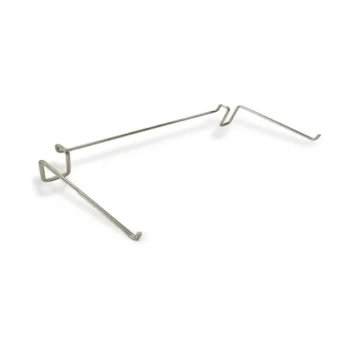The two most common materials for beehive frames are wood and plastic. Wood is the traditional, natural choice that bees readily accept, while plastic offers a modern alternative prized for its durability and ease of maintenance. Each material presents a distinct set of advantages for the beekeeper.
Your choice between wood and plastic frames is a fundamental decision that balances the natural appeal and bee-friendliness of wood against the long-term durability and low-maintenance convenience of plastic.
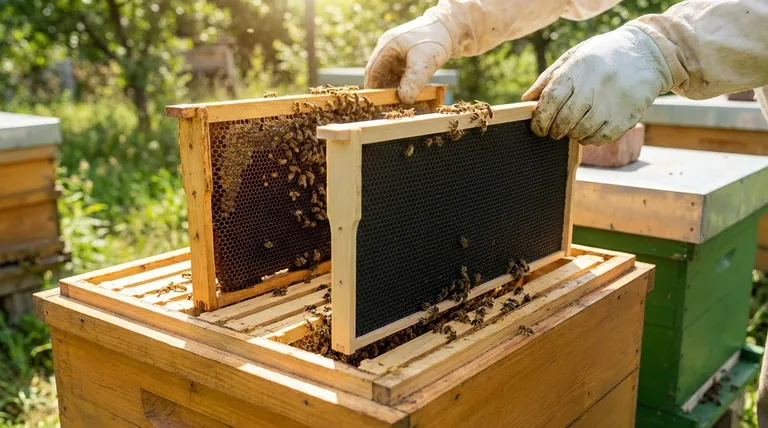
The Case for Wooden Frames
Wooden frames are the classic standard in beekeeping, reflecting the natural environment of honeybees. They are often the default choice for new beekeepers and those practicing a more traditional style of apiary management.
The Traditional and Natural Choice
Wood has been used for frames since the invention of the modern movable-frame hive. Many beekeepers prefer it simply because it is a natural, biodegradable material.
High Bee Acceptance
Bees typically take to wooden frames and foundation with little hesitation. They readily draw out comb on wood, making it a reliable option for encouraging colony growth.
Flexibility in Assembly
Wooden frames often come unassembled, which can reduce shipping costs. This also allows the beekeeper to ensure a tight, square construction during assembly.
The Rise of Plastic Frames
Plastic frames have become a popular alternative due to their significant advantages in durability and efficiency. They are designed to withstand the rigors of repeated use and harsh environmental conditions.
Unmatched Durability
Unlike wood, plastic frames will not warp, rot, or split over time. They are a one-piece construction that holds up extremely well during honey extraction.
Ease of Cleaning and Maintenance
Plastic is non-porous, making it much easier to clean and sterilize than wood. This is a significant benefit for disease prevention and general hive hygiene.
The Need for Waxing
A critical consideration for plastic frames is that they almost always require a coating of beeswax. Without it, bees may be reluctant to build their comb on the plastic surface.
Understanding the Trade-offs
Choosing a frame material is not just about personal preference; it involves practical considerations that will impact your time, effort, and management style.
Maintenance and Longevity
Wooden frames require careful assembly and can degrade over several seasons, eventually needing replacement. Plastic frames are ready to use out of the box and can last for many years with minimal care.
Management Philosophy
For beekeepers focused on a natural or organic approach, wood is often the only acceptable choice. For those running larger operations where efficiency is key, the durability of plastic can be a major advantage.
Pest Resistance
Plastic frames offer superior resistance to pests like wax moths, whose larvae can burrow into and destroy wooden frames.
Making the Right Choice for Your Apiary
Your decision should be guided by your specific goals, the scale of your operation, and your overall beekeeping philosophy.
- If your primary focus is a natural, traditional approach: Choose wooden frames, as they align with organic principles and are readily accepted by bees.
- If your primary focus is durability and low maintenance: Plastic frames provide a long-lasting, warp-resistant solution that simplifies cleaning and reduces long-term replacement needs.
Ultimately, the best frame material is the one that best supports your individual beekeeping goals and management style.
Summary Table:
| Feature | Wooden Frames | Plastic Frames |
|---|---|---|
| Primary Advantage | Natural, traditional choice; high bee acceptance | Extreme durability; low maintenance |
| Durability | Can warp, rot, or split over time | Warp-resistant and long-lasting |
| Maintenance | Requires careful assembly; harder to sterilize | Easy to clean and sterilize; ready to use |
| Bee Acceptance | Readily accepted; bees draw comb easily | Requires wax coating for acceptance |
| Best For | Traditional, natural, or organic beekeeping | Large-scale or efficiency-focused operations |
Equip Your Apiary with the Right Frames
Choosing the correct frame material is crucial for the health of your colony and the efficiency of your operation. Whether you manage a large commercial apiary or are a distributor supplying beekeepers, HONESTBEE provides high-quality, durable beekeeping supplies tailored to your needs.
We offer a full range of wooden and plastic beehive frames and other essential equipment through our wholesale-focused operations. Let our expertise help you build a more productive and sustainable apiary.
Contact HONESTBEE today to discuss your specific needs and request a wholesale quote!
Visual Guide
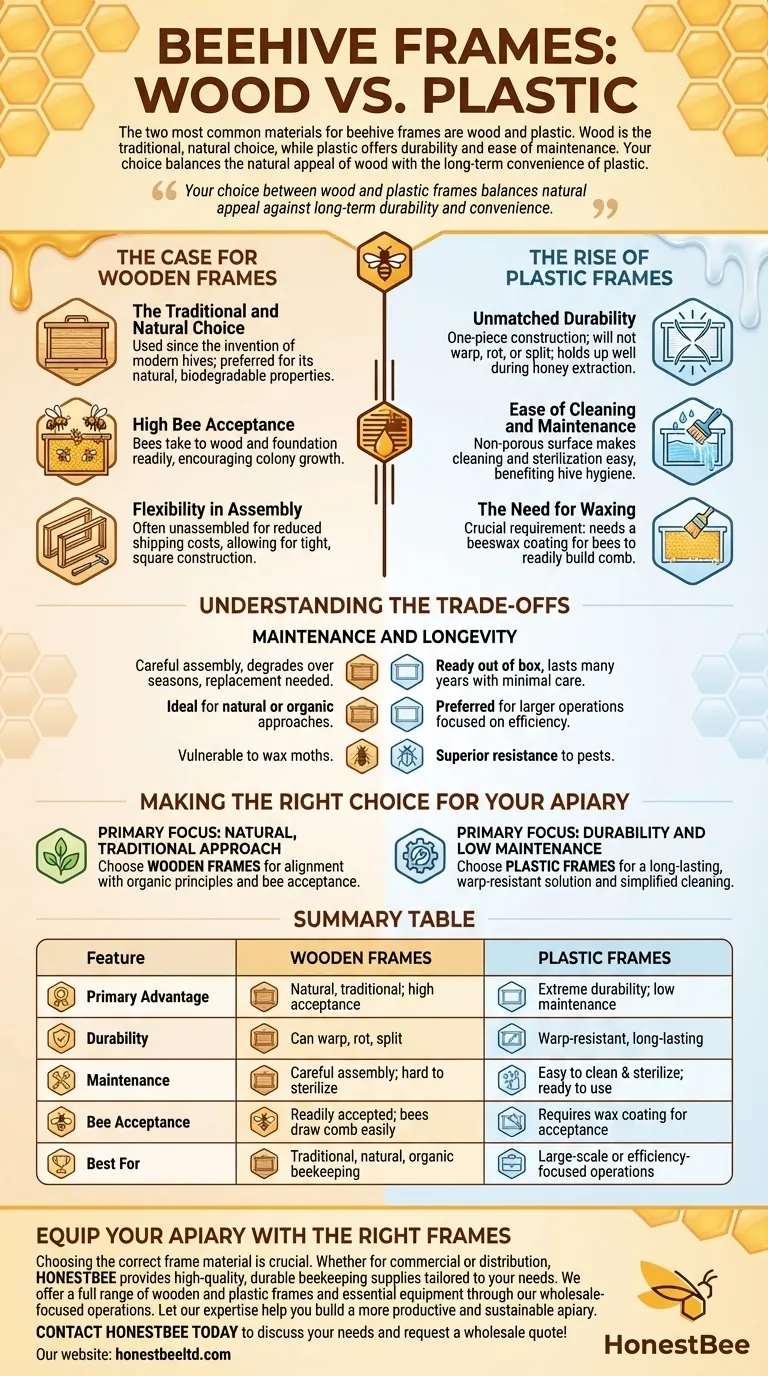
Related Products
- Assembled Wooden Bee Frames with Plastic Foundation for Durability and Convenience by HONESTBEE
- Plastic Bee Frame Beekeeping Hive Frames for Wholesale
- HONESTBEE Wired and Assembled Wooden Bee Frames Foundation for a Thriving Hive
- Assembled Wooden Bee Frames with Beeswax Foundation Ready to Use by HONESTBEE
- Heavy-Duty Stainless Steel Clip-On Frame Perch
People Also Ask
- What materials are used to make beehive frames? Wood vs. Plastic for Your Apiary
- What are the main considerations when choosing between wooden and plastic bee hive frames? Optimize Your Apiary's Efficiency
- How should you dry bee frames after cleaning? Prevent Warping and Ensure Hive Health
- Can old bee frames be reused? Weighing the Risks vs. Rewards for Your Hive
- Can I reuse old frames? A practical guide to saving money and reducing waste



